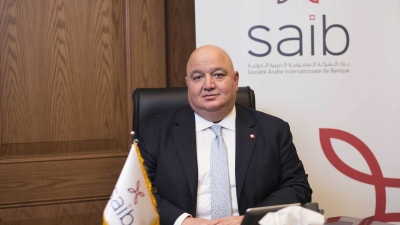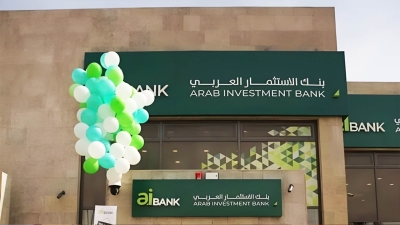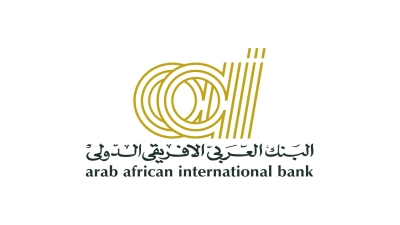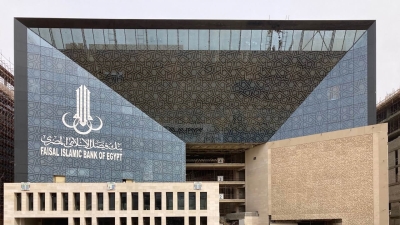Significant leaps in aiBank performance under Tamer Seif Al-Din’s leadership
First Bank
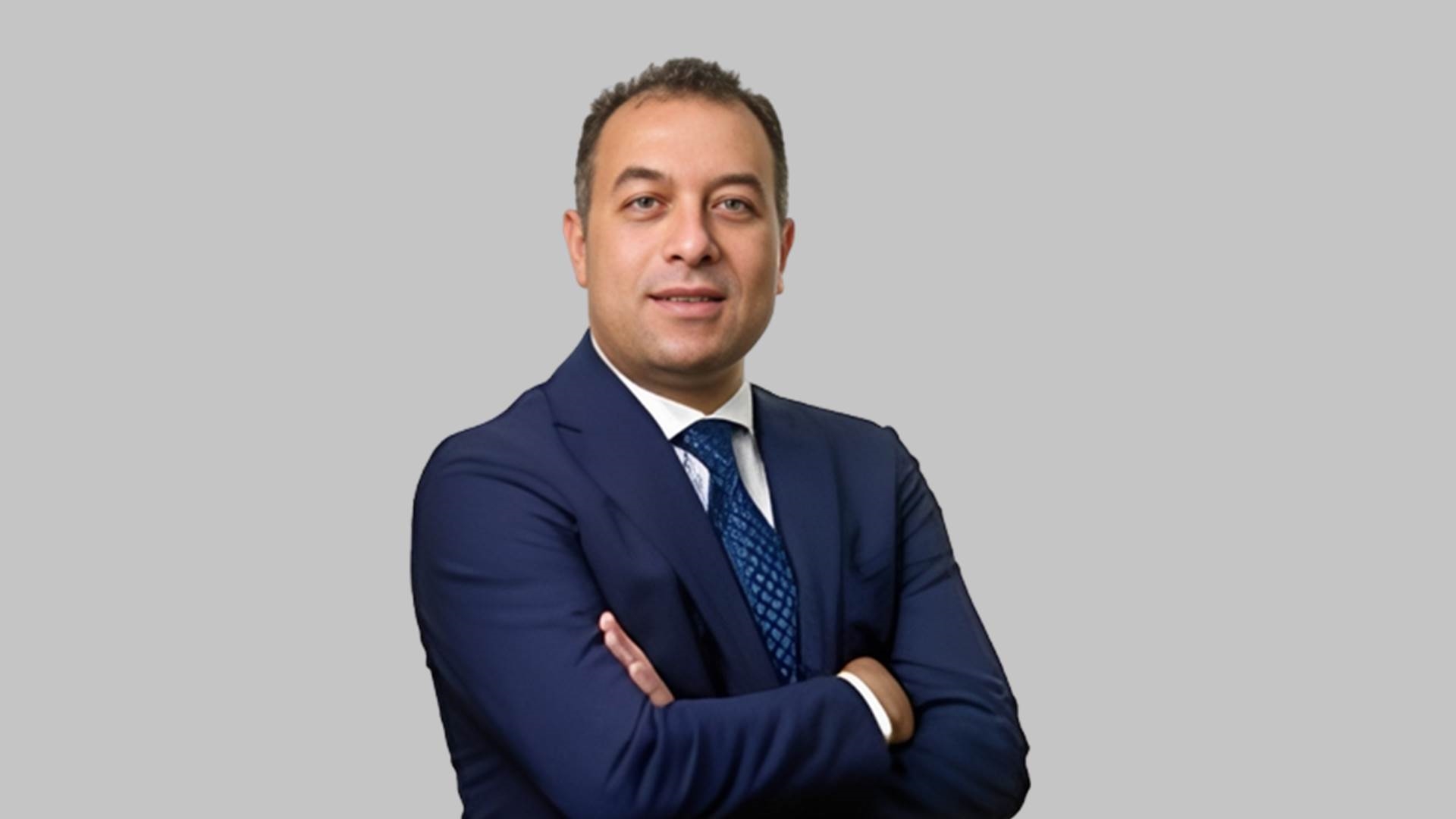
In a highly competitive banking world, Tamer Seif Al-Din has emerged as a leader in transforming the Arab Investment Bank into one of Egypt's most developed banks. Since becoming Chief Executive Officer in January 2022, the Bank has achieved an incredible growth and development journey, achieving record achievements in the size of the Bank's portfolio. As it adopts a strategic approach focused on innovation and digital transformation, its vision has become the driving force behind the Bank's success and praise at the local and international levels.
This was revealed by a new monitoring conducted by First Bank to show the evolution of the Bank's indicators under his leadership, where it managed to significantly boost the Bank's asset volume, reaching a portfolio of 73.9 bn by the end of June 2024, compared to EGP45.5 bn by the end of 2021, with a growth of 62.5%, and an increase of EGP 28.4 bn.
The Bank's loans has been greatly enhanced, especially for corporates, successfully attracting a large group of corporates towards obtaining loans from Arab Investment Bank. Consequently, the Bank's corporate loans have jumped by 134.2%, registering 17.6 bn by the end of June 2024, compared to EGP7.5 bn by the end of 2021, with an increase beyond EGP 10 bn.
Despite the great focus on supporting corporates, Seif Al-Din did not lose sight of the importance of supporting the retail banking sector, as it worked to roll out innovative products that targeted a wide range of customers, increasing the bank's retail loans to EGP8.8 bn by the end of June 2024, compared to EGP3.8 bn by the end of 2021, with growth of 131.8%, and an increase of over EGP 5 bn.
Seif Al-Din's efforts in the finance market resulted in a total loans portfolio of Arab Investment Bank rising by 133.4%, registering 26.4 bn by the end of June 2024, compared to EGP11.3 bn by the end of 2021, with an increase of more than EGP 15 bn.
Despite the expansion of loans, and its success in doubling the size of the portfolio, the Bank managed to reduce the distress rate to 4.68% by the first half of 2024, reaching 16.38% by the end of 2021.
It also managed to reduce the value of the distress rate in aiBank to EGP1.2 bn by the first half of 2024, compared to EGP1.9 bn by the end of 2021.
In terms of deposits, he succeeded in attracting a large number of depositors to the bank, where the customer deposit portfolio rose by 65.8% to EGP64.2 bn by the end of June 2024, compared to EGP38.7 bn by the end of 2021, with an increase of EGP 25.5 bn.
Seif Al-Din also converted the bank from a net loss of 871.08 mn in 2021 to a net profit of 1.2 bn in 2023, as well as the bank's net profit during the current year, and jumped to EGP901.6 mn during the first half of 2024, compared to EGP450.2 mn during the same period in 2023, with growth of 100.26% and an increase of EGP 451.5 mn.
In terms of digital transformation, the Bank has taken significant steps under the leadership of Seif Al-Din, joining the InstaPay, allowing customers to transfer money instantly between accounts, cards and electronic wallets via their mobile phones, and has entered into several strategic partnerships with Visa, Valu, Meeza, InstaPay and Fawry to provide innovative financial solutions.
With regard to geographical expansion, Seif Al-Din has increased the number of bank branches from 31 by the end of 2021, to 34 by the end of June 2024, in addition to the main headquarters in Cairo.
Tamer Seif Al-Din seeks to achieve further geographical spread, as revealed by the Bank in the most recent report of the Board of Directors, where he explained that the number of its branches is planned to increase to 50 by the end of 2027, at a rate of 4 new branches each year, with the majority of them in the governorates applying the Bank's geographical spread policy.
It also aims to expand the ATM network to 190 machines by the end of 2027 to cover most critical areas, with the aim of providing a convenient presence for easy access to customers at any time and place supported by modern systems by the Bank.
The CEO's ambitions did not stop there; In its report, the Bank revealed plans to change the Bank's identity and brand, noting that this step will reflect a more dynamic vision of dealing with market requirements and keeping abreast of developments. The new brand is expected to be officially announced before the end of the third quarter of 2024.


